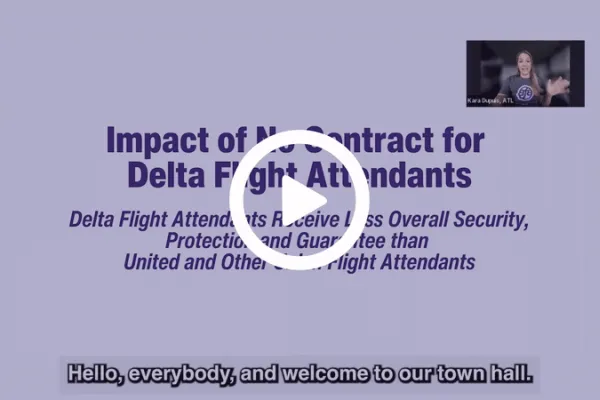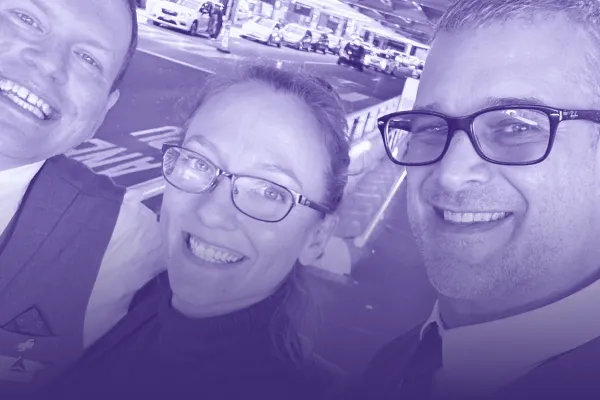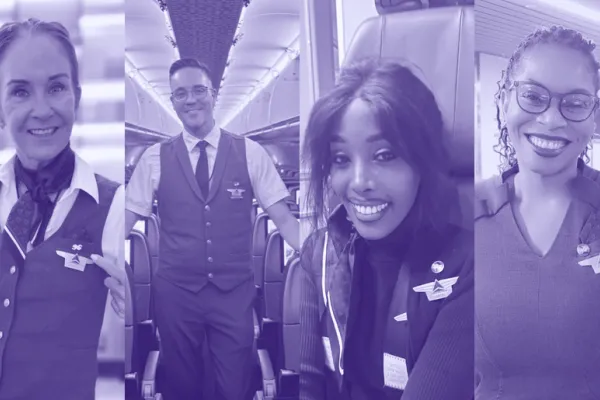5G Disruptions Due to Safety Concerns
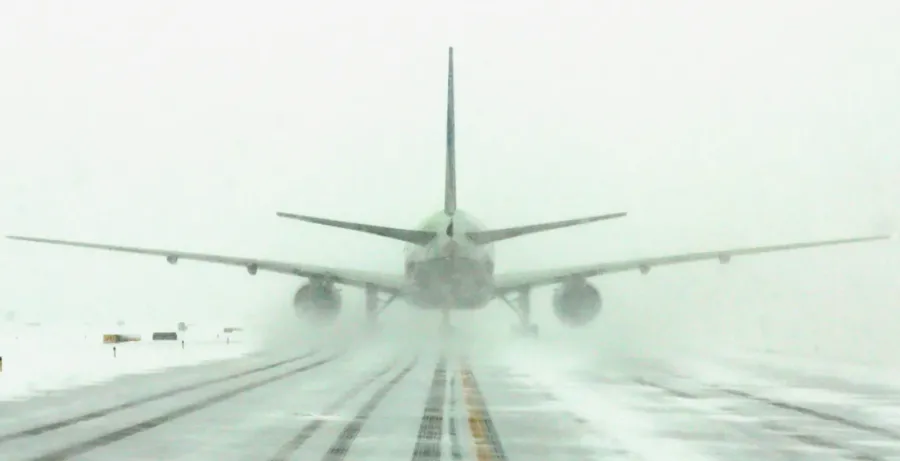
You’ve likely heard about the potential of disruptions to air travel in late December as AT&T and Verizon were cleared by FCC to turn on their 5G spectrum networks on January 5th. The problem is potential interference with aircraft instrumentation that is used for navigation, especially in low visibility situations.
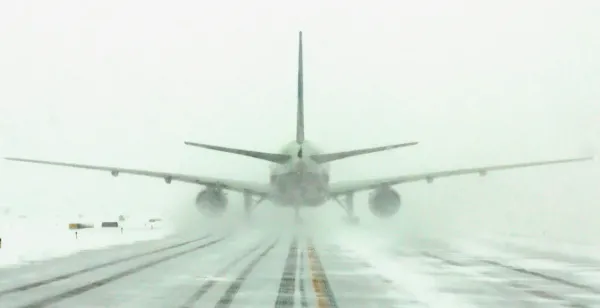
Tonight, we hit the end of those two weeks and telecoms have only so far addressed about 45% of the concerns identified by FAA. Throughout the course of the day, our union has worked to prevent the disruptions. This afternoon, AT&T and Verizon agreed to delay 5G implementation near some airports. This is helpful, but the late-breaking agreement means operational disruptions, especially in low visibility situations, over the next few days are still likely.
What is 5G and what does it mean for aviation: In 2021, AT&T and Verizon were cleared by FCC to turn on a new 5G C-band spectrum networks early this year. Although 5G is already in service around the U.S., the new C-Band may cause interference with flight deck radio altimeters. Altimeters are crucial pieces of avionics equipment that measure the distance between the aircraft and the ground and support other systems on the aircraft. Altimeters help pilots land in low visibility situations. The issue is with the cell phone towers, not individual cell phone devices.
Why wasn't this addressed sooner: This is another holdover problem from the previous Administration, when Federal Communications Commission (FCC) Chairman Ajit Pai ignored and belittled concerns raised in 2018 and since by the airlines, ALPA, manufacturers, and Chair DeFazio. If you hear anywhere that these issues were only raised at the last minute - that simply is not true.
Further, our U.S. telecommunication companies are not regulated like they are in other countries. As Chair DeFazio has stated repeatedly, "nearly every other country that has deployed 5G has imposed some level of restrictions on its use to protect against harmful interference with aircraft. These include reducing the power levels of 5G transmissions, requiring more extensive exclusion zones at airports, ensuring 5G operates at a farther distance from the aviation frequency band or limiting the directional tilt of certain 5G broadband antennas, among other things."
We continue to advocate for a permanent solution. Aviation and 5G can coexist, but lives always come first. The skies are our workplace, and it is critical that we take all steps to protect America’s leading position in aviation safety.
Impact of No Contract for Delta Flight Attendants

